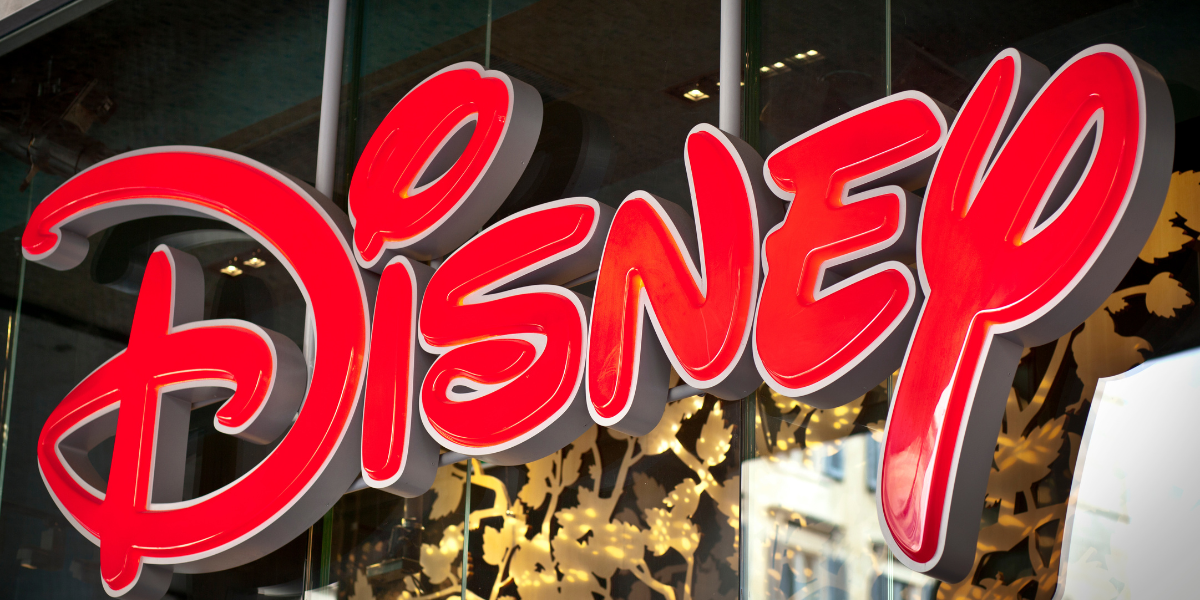
Photo: iStock
October 16, 2023
Ravensburger Brings Disney Into the World of Trading Card Games
Last month, Kidscreen shared that “German game manufacturer Ravensburger is betting on the magic of Disney to help it break into a competitive new category: collectible trading card games.”
Ravensburger, renowned for its diverse jigsaw puzzles, is capitalizing on another collaboration with Disney, following a series of successful partnerships that encompassed board games, puzzles, and hidden picture games. Notably, their Disney Villainous board game garnered the TOTY Game of the Year accolade in 2019 and led to the creation of two subsequent games inspired by Disney’s Marvel and Star Wars franchises.
In the new Disney card game, players “wield magic inks and the power of Lorcana” to gather a team of Disney characters. “Some characters will be familiar friends. Others will be fantastically reimagined.” Players race to collect “lore” points, and the first one to reach 20 wins.
Following similarities with Wizards of the Coast’s Magic: The Gathering and Pokémon, players buy randomized packs of cards and can create their own decks to play with. An aftermarket already exists where players can trade or sell cards, and many hobby shops and individuals sell single cards at various prices. Depending on factors such as how rare a card is, individual cards can reach prices in the thousands. For instance, a particularly rare card was being sold for $7,000 on eBay in August.
Ravensburger’s role in the partnership is to keep releasing new cards to players, and though the company has done well to create a popular game, Lorcana Player stated that the game might be “too popular for its own good.” Many speculate that “Ravensburger underestimated how popular Lorcana would be,” as the game has been selling out immediately at local game shops across the U.S. and at major retailers like Target and Walmart since it was released in August.
This tremendous success has caused hobby shops to increase their prices for booster packs of cards and display boxes of booster packs by up to 300% to 400% over the MSRP. Scalpers are also buying entire inventories from stores to sell online (although Target is trying to set limits on customer purchases).
This explosion of fan fervor has been seen before with other properties, such as Pokémon and anime titles like Dragon Ball and One Piece, when they crossed over into the realm of trading card games. But Disney might be able to garner a fandom that spans more generations and diverse backgrounds.
Ravensburger recently announced that it will be reprinting the game to sell more of the first collection of cards, called “The First Chapter,” during the 2023 holiday season.
While there are digital games that emulate the collectible card game experience, the physical and tangible aspects of a true trading card game cannot be matched in a virtual world. And the physical market shows no signs of slowing down as many independent game makers and established properties try their hand at this lucrative prospect.
According to a study by Absolute Reports, “The global Trading Card Game market size is projected to reach US$ 1421.8 million by 2028, from US$ 956 million in 2021, at a CAGR of 5.0% during 2022-2028.” The Digital Journal also shared a report about the skyrocketing trading card game market with even higher estimates: “As of 2022, the global Trading Card Game market was estimated at USD 2990.46 million, and it’s anticipated to reach USD 4272.1 million in 2028, with a CAGR of 6.12% during the forecast years.”
Discussion Questions
Are there more ways that Disney and Ravensburger can capitalize on this crossover success? Do you think there are untapped markets ripe for franchise branding of famous IPs?
Poll
BrainTrust
DeAnn Campbell
Head of Retail Insights, AAG Consulting Group
Shep Hyken
Chief Amazement Officer, Shepard Presentations, LLC
Recent Discussions








We are at the threshold of the merging of entertainment and retail. There has always been a link of course – especially toy sales – but until now it’s been on the periphery. Disney and other studio conglomerates have seen the money generated by Barbie, Taylor Swift and other entertainment products that have brought experiential retail into theaters and areas and a light bulb has gone off. Now we’ll see more entertainment companies and venues take on significant retail components to blend experience, product sales and viewership.
Yes. Keep the cards in stock…
We’ve seen how “viral” trading cards can be. I’m surprised this is a discussion topic. Disney should be leveraging the trading card opportunity, just as it has with many other IP assets. Trading cards are pat of pop-culture! (I may still have my Star Trek trading cards from when I was a little kid!)